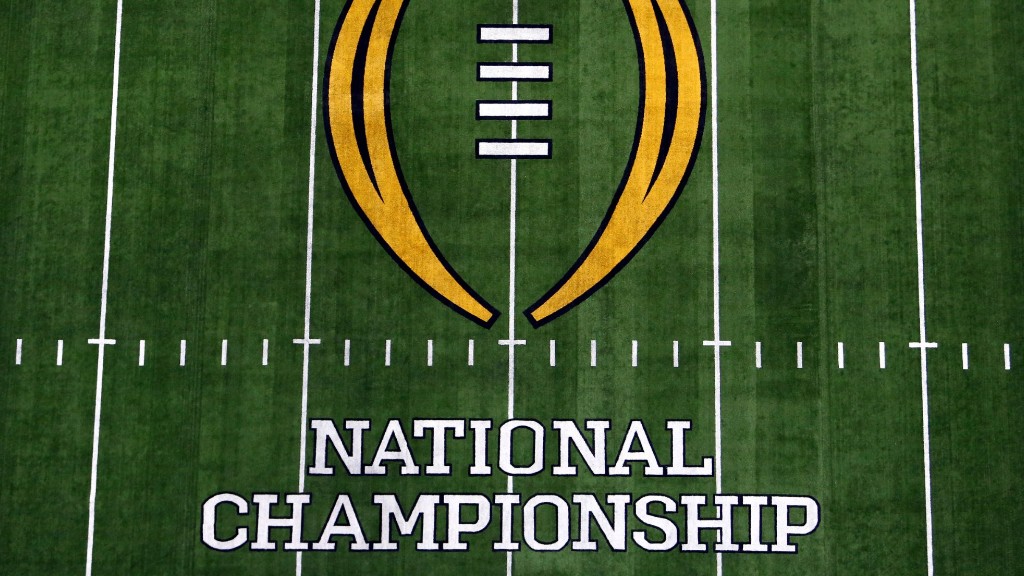
When college football players return to the field this week, they'll have a little bit more cash in their wallets.
For the first time, the NCAA this year is allowing schools to give cash stipends to cover the cost of things like late-night snacks, student fees, laundry money and movies.
Scholarships cover the core expenses of college such as tuition and room and board. The new stipends are supposed to close the gap between scholarship money and what it actually costs to attend school.
The stipends, available at most of the country major sports programs, range from about $2,000 to $5,000 a year, although some schools are reportedly offering a few thousand more than that. That may not sound like a lot, but that's real money for students from poorer families.
Some star athletes have complained about going to bed hungry at night because they couldn't afford to buy extra food while burning up extra calories during training and competition.
Compensation is a touchy issue for college athletes. They can bring in big bucks for their schools but, as amateurs, don't get a penny of salary.
Strict rules bar schools or boosters from giving cash -- and even meals or clothing -- to student athletes. Coaches who help players travel home after a death in the family can draw NCAA sanctions.
The new stipend "is a modest amount, but it's definite solid progress," said Ramogi Huma, president of the National College Players Association, which is trying to win recognition as the first union for college athletes.
Huma estimates the stipends will cost schools a total of about $100 million -- a drop in the bucket compared to what athletics brings in. The NCAA says it does not know how much is being spent.
Related: Northwestern football players lose bid to start union
Division I college football and men's basketball teams made a combined profit of $1.7 billion in the 2013-14 school year, according to federal data. And that money is soaring with new broadcast deals and money makers like the college football playoff system.
The stipends are going to football and basketball players. But they are also available to athletes in the "non revenue" sports such as soccer, lacrosse, baseball and volleyball.
The stipends come after a long fight by advocates for players.
"For the last 15 years the NCAA and the schools were screaming this would destroy us, we can't afford it," Huma said. "Now even the smallest schools have found way to pay it," Huma said.

Are you a college athlete? We'd like to hear from you about your experience paying for college and managing costs. Please email chris.isidore@turner.com.

